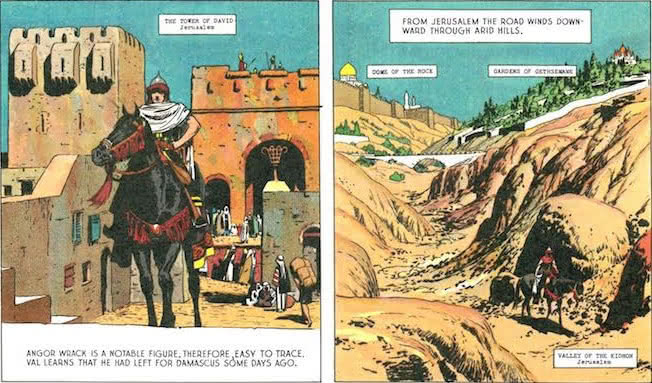Notes on HTML 3.2
Published on Dec 6, 2020 (updated Oct 25, 2024), filed under development, html (feed). (Share this on Mastodon or Bluesky?)
Would it still be useful to read the HTML 3.2 specification—from 1997?
I asked exactly that on Twitter the other day, and 44% of participants responded with that being “a waste.”
I myself wasn’t sure, and so I read that specification again (quick tip: I found Online Converter to be practical to take a URL to convert it to a MOBI ebook).
There wasn’t that much that I learned this time, but there still were a few nuggets to take away:
[
XMP,LISTING, andPLAINTEXT] are obsolete tags for preformatted text that predate the introduction ofPRE.Remember: The spec was largely written in 1996.
CENTERwas introduced by Netscape before they added support for the HTML 3.0DIVelement. It is retained in HTML 3.2 on account of its widespread deployment.As we noted in the HTTP Archive’s Web Almanac, Google is still using
center, and has been for 22 years (!).[
actiononform] specifies a URL which is either used to post forms via email, e.g.action="mailto:foo@bar.com", or used to invoke a server-side forms handler via HTTP[…].I didn’t know about the
mailto:option—yet it doesn’t seem to work (anymore).The HTML 3.2 spec did bring up the option to use tables for layout:
[Tables] can be used to markup tabular material or for layout purposes.
It cautions about problems “when rending [sic] to speech or to text only user agents”—but “can be used for layout purposes” is still there.
Finally, when you think of
fontelements, you may remember thefaceattribute. Now, that, too, is an old attribute; but:FACEis not part of HTML 3.2.Yet to find out about the history of
face, we would need to see Sauron 🤷♂️
HTML 3.2, though a bit imprecise and with errors, offers a more grateful start into HTML than Living HTML. Even if you have already read (part of) an HTML spec, consider having a look at it. For its brevity and historic import it’s still worth it.
About Me
I’m Jens (long: Jens Oliver Meiert), and I’m a web developer, manager, and author. I’ve been working as a technical lead and engineering manager for companies you’ve never heard of and companies you use every day, I’m an occasional contributor to web standards (like HTML, CSS, WCAG), and I write and review books for O’Reilly and Frontend Dogma.
I love trying things, not only in web development and engineering management, but also in other areas like philosophy. Here on meiert.com I share some of my experiences and views. (I value you being critical, interpreting charitably, and giving feedback.)

